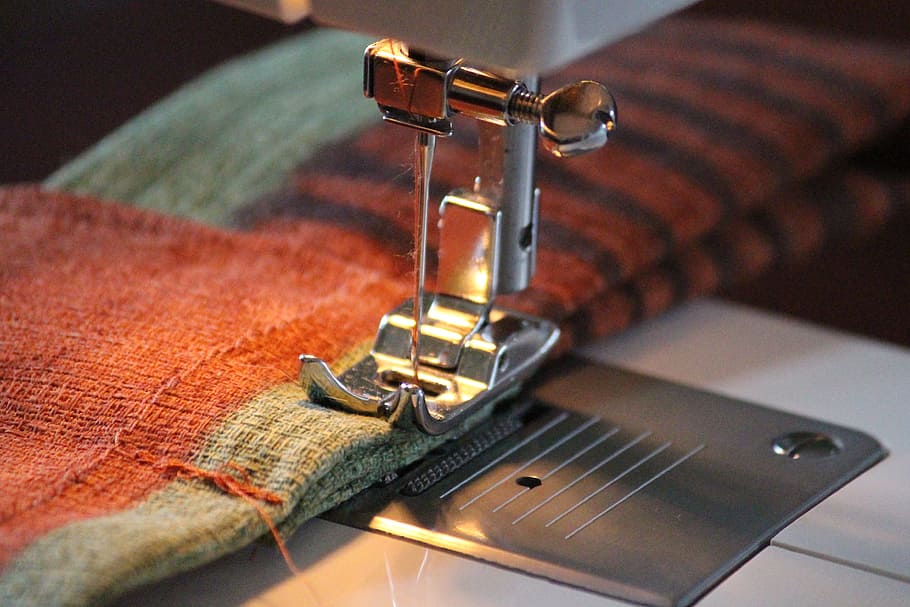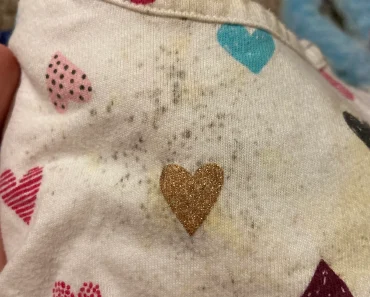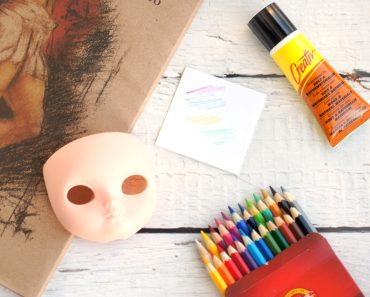When you’re learning a new skill, making an error is unavoidable. It’s just part of the learning process. Even a seasoned garment maker can be afflicted with the dreaded skipped stitch or broken needle, as well as perhaps the most aggravating of all sewing machine problems: thread bunching. Consider that to be your distress signal when you hear that irritable whir from the machine-cue the internal “ugh” of despair-consider that to be your distress signal.
The basic procedures are the same for all sewing machines, although they vary somewhat depending on the manufacturer and model. It’s possible that your machine’s mechanics differ from those described above, so we recommend that you become familiar with them. We have no-sweat answers for any of your most vexing problems, whether you’re a professional or a beginner with needles.
1. The Problem: The thread is tangled beneath the fabric.
The Solution:
You can have a totally straight stitch on top, but a “bird’s nest” develops at the bottom. So, why the discrepancy? People commonly believe that the bobbin is to blame; in fact, this couldn’t be further from the truth. Because there is no tension on the upper thread, the thread becomes snarled – usually beneath the cloth – causing people to believe this should not happen. It does seem strange, doesn’t it?
However, there is still something you can do: First, raise the presser foot lifter and rethread the machine. The tension mechanism will be accessible after this. Second, according to your machine’s manual, you must raise the take-up lever and needle to their maximum position. This should help you confirm that you have the correct tension.

2. The Problem: Stitches are coming out unevenly or completely missing.
The Solution:
The most likely source of the problem is a needle that has been broken, bent, or otherwise damaged. According to experts, you should replace your needles every 16 hours of stitching time.
Another option is how you handle the fabric while sewing. If you have a propensity to tug the cloth from behind to allow it to pass through the machine, this method can result in unclean stitching and even harm your equipment. This type of forceful feeding of the material against the feed dogs (metal teeth-like ridges that grip the bottom of the fabric, encouraging it to move away from the needle as stitches are sewn) works against them. Instead of forcing things, work with the machine – don’t force it.
3. The Problem: The needle continues to break.
The Solution:
It’s all about asking one simple follow-up question, “Are you using the appropriate needle?” Changing between sizes of needles can make a huge difference. Depending on their application, needles are available in eight to eighteen sizes. For delicate, lightweight textiles like chiffon, silk, and organza, a size 9 or 11 is ideal. The most common size for medium-weight fabrics like flannel, linen, and synthetic suedes is a 14. A size 16 (or, better yet, a size 18) is set aside for heavier-weight textiles like denim. As a result, using a size 9 needle on denim is guaranteed to shatter the needle. Are you working with the proper kind of needle, that is, ballpoint, standard point or wedge point?
Are You Still Having Problems? Most Machine Mistakes Can Be Easily Fixed With This Three-Step Checklist:

1. Clean it out
When was the last time you cleaned your machine from top to bottom? Dust and lint may accumulate over time in the bobbin area and tension assembly, so have your machine serviced by an expert on a regular basis. Cleaning it once a month is sufficient if you use it weekly. Clean it every three months for monthly usage only, and clean it every three months if you use it occasionally every month.
2. Rethread your machine
Yes, even the lightest touch can cause problems with your stitching. Examine your bobbin, needle, and thread to ensure that everything is in its proper location.
3. Examine your needle and thread
Using the correct size and sort of needle is critical. You should also utilize a high-quality thread, which will have a lovely, smooth filament and not be “fuzzy” or uneven in thickness. Thread does have a shelf life, although different types age differently; keep your spools in rotation and stored properly (out of humidity and direct sunlight).



